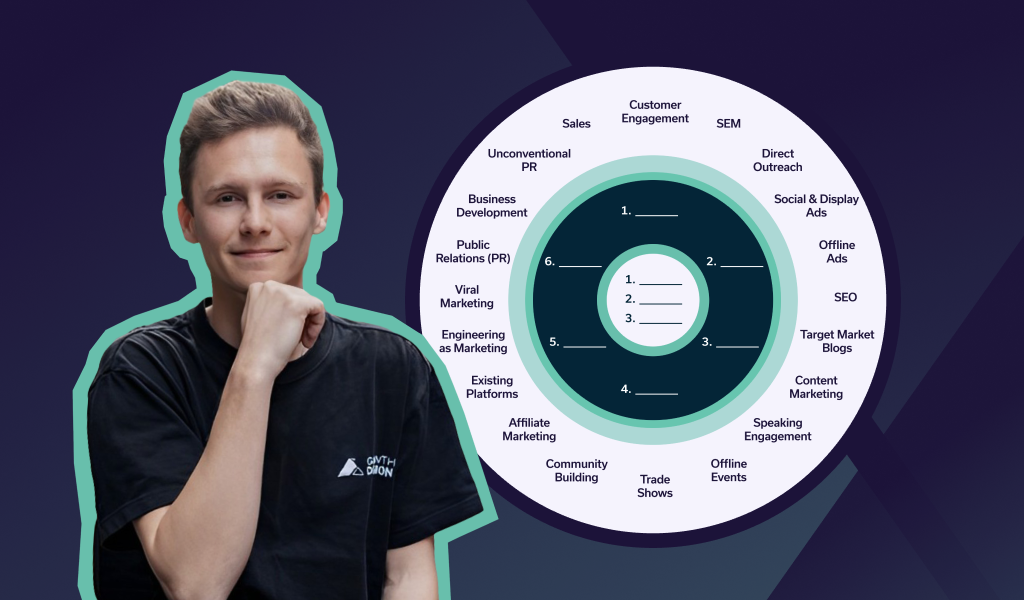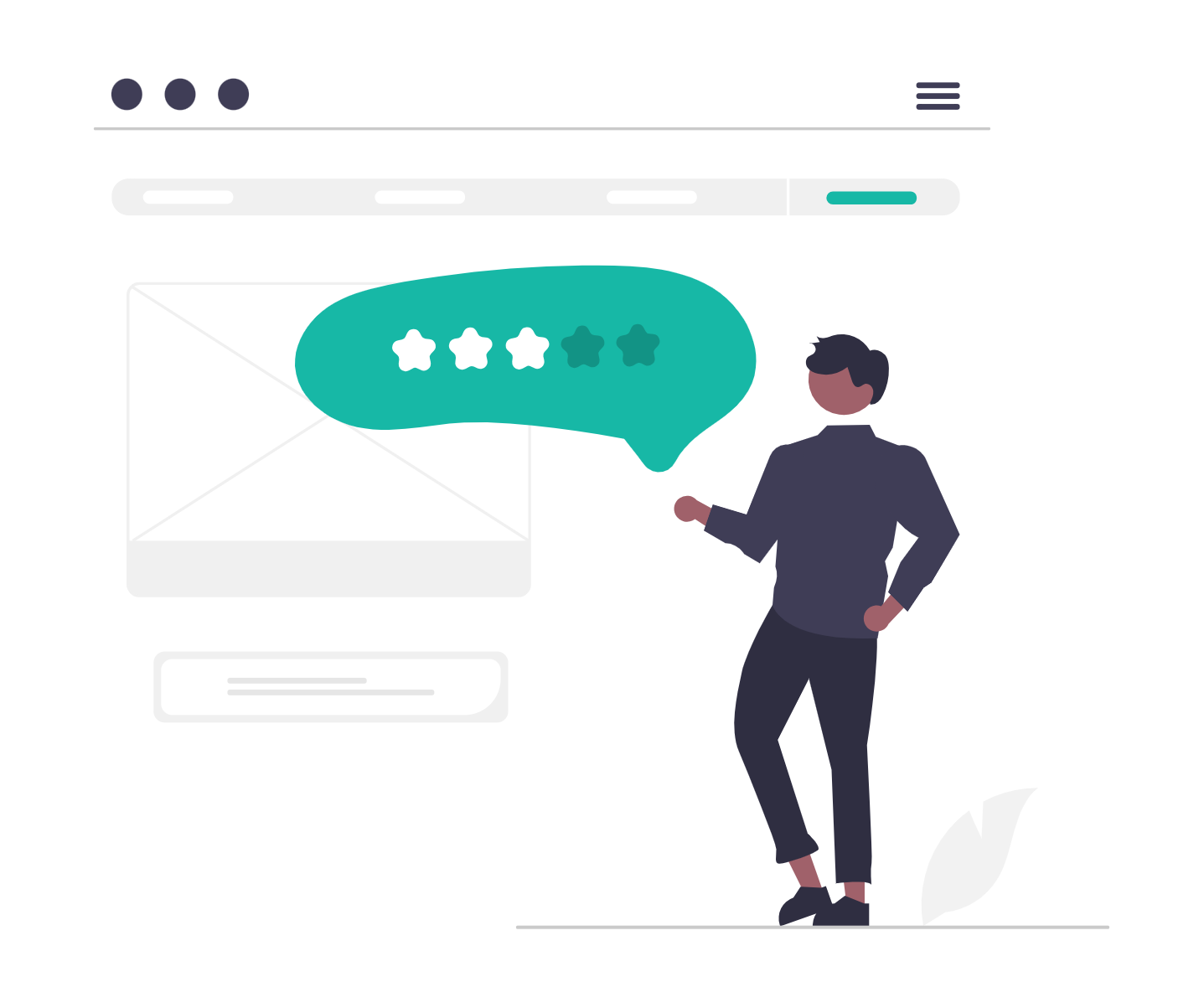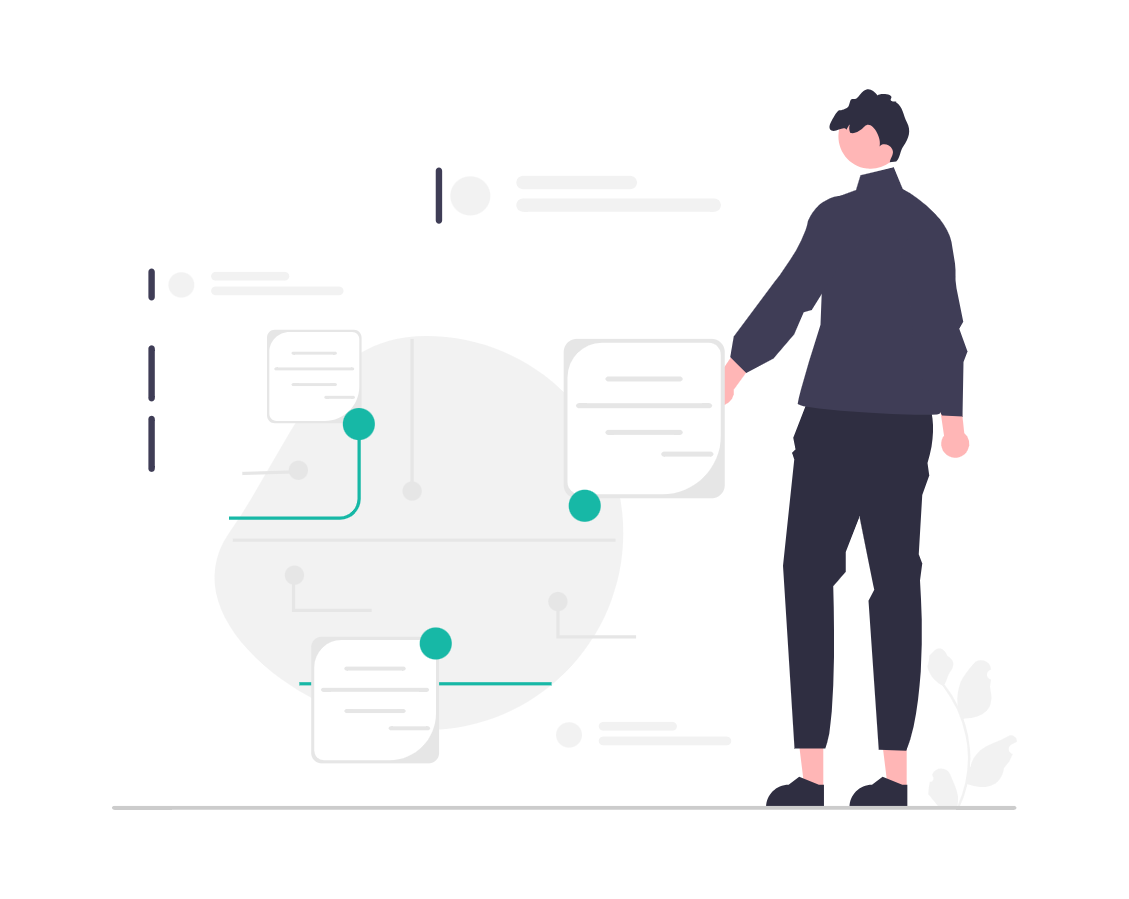In the fast-paced and ever-evolving world of technology, SaaS startups have become increasingly popular. The ability to provide software applications over the internet has revolutionised the way businesses operate, and the potential for growth and success in this industry is vast. However, navigating the stages of a SaaS startup can be a challenging endeavour. In this article, we will delve into the different stages of a SaaS startup and explore the key considerations and strategies for success.
Understanding the SaaS Business Model
Before diving into the stages of a SaaS startup, we need to have a clear understanding of the SaaS business model. SaaS, in its simplest form, refers to the delivery of software over the internet without the need for users to download and install the application on their devices. Instead, users access the software through a web browser, typically paying a subscription fee to use the service.
Defining SaaS
SaaS stands for "Software as a Service." It is a software licensing model in which software is centrally hosted and provided to customers on a subscription basis. Unlike traditional software models, SaaS eliminates the need for costly upfront investments in hardware and software, providing businesses with greater flexibility and scalability.
With the SaaS model, businesses can easily scale their software usage up or down based on their needs. This scalability is particularly beneficial for startups and small businesses that may not have the resources to invest in expensive software licenses or infrastructure. By subscribing to a SaaS solution, these businesses can access the software they need without the burden of heavy upfront costs.
Benefits of the SaaS Model
One of the primary benefits of the SaaS model is its cost-effectiveness. With a subscription-based pricing structure, businesses can avoid high initial costs and only pay for the software they need. This pay-as-you-go approach allows for better budget management and cost control.
Additionally, SaaS solutions are typically cloud-based, allowing for easy access from any device with an internet connection. This accessibility promotes productivity and collaboration, as teams can work together seamlessly, regardless of their location. Whether it's a team member working remotely or a business owner travelling for a conference, they can access the software and continue their work without disruption.
Furthermore, SaaS providers are responsible for maintaining and updating the software, ensuring that users always have access to the latest features and security enhancements. This relieves businesses from the burden of managing software updates and allows them to focus on their core competencies. By offloading the maintenance and updates to the SaaS provider, businesses can save time and resources that can be allocated to other critical areas of their operations.
Challenges in the SaaS Industry
While the SaaS model offers numerous advantages, it is not without its challenges. One significant challenge is the competitive nature of the industry. As the demand for SaaS solutions grows, so does the number of competitors vying for market share. SaaS startups need to develop a unique value proposition that addresses a specific market need to stand out in a crowded marketplace.
Another hurdle faced by SaaS startups is customer retention. With the subscription-based model, customers have the flexibility to switch providers if they are not satisfied. To mitigate customer churn, SaaS startups must prioritise customer success through continuous support, regular communication, and product enhancements. By actively engaging with their customers and addressing their needs, SaaS startups can build long-lasting relationships and increase customer loyalty.
Moreover, data security is a critical concern in the SaaS industry. As businesses rely on SaaS solutions to store and process their data, they need assurance that their sensitive information is protected. SaaS providers must invest in robust security measures, such as encryption, access controls, and regular security audits, to instill confidence in their customers. Demonstrating a strong commitment to data privacy and security can help SaaS startups differentiate themselves in the market and attract security-conscious customers.
The Idea Stage
The first stage of a SaaS startup is the idea stage. This is where the foundation of the business is laid, and the initial concept is developed. In this stage, entrepreneurs need to focus on identifying a market need, developing a unique solution, and validating the idea.
Identifying a Market Need
The success of any startup, including SaaS, lies in solving a problem that customers are willing to pay for. Therefore, it is essential to conduct thorough market research to identify gaps and pain points in the market. By understanding these needs, entrepreneurs can develop solutions that cater to a specific target audience.
Developing a Unique Solution
Once a market need has been identified, the next step is to develop a unique solution. This involves brainstorming ideas, conducting feasibility studies, and creating prototypes or minimum viable products (MVPs). The goal is to create a solution that stands out from the competition and addresses the identified market need effectively.
Validating the Idea
After developing a unique solution, it is crucial to validate the idea before proceeding further. This involves seeking feedback from potential customers, industry experts, and mentors. By gathering insights and data, entrepreneurs can determine if their solution resonates with the target audience and if there is a market demand for their product.
The Development Stage
Once the idea is validated, the next stage is the development stage. In this phase, the focus shifts towards building the product, testing and iteration, and preparing for launch.
Building the Product
The development of a SaaS product involves translating the idea into a functional software application. This requires a team of skilled developers, designers, and product managers to work collaboratively and bring the concept to life. It is essential to prioritise functionality, user experience, and scalability during the development process.
Testing and Iteration
Testing and iteration are vital steps in the development stage. By conducting rigorous testing, SaaS startups can identify and address any bugs, performance issues, or usability concerns. Additionally, customer feedback should be sought to gather insights for further improvements and enhancements.
Preparing for Launch
As the product nears completion, it is essential to prepare for a successful launch. This includes developing a marketing strategy, generating buzz and excitement around the product, and ensuring that all necessary infrastructure, support systems, and customer onboarding processes are in place.
The Launch Stage
Finally, we arrive at the launch stage. In this phase, the focus is on marketing the SaaS startup, acquiring customers, and handling feedback and adjustments.
Marketing Your SaaS Startup
A well-executed marketing strategy is crucial for the success of a SaaS startup. This involves leveraging various digital marketing channels, such as social media, content marketing, and search engine optimisation, to create awareness and generate interest in the product. By effectively communicating the unique value proposition and highlighting the benefits, startups can attract potential customers.
Customer Acquisition Strategies
Customer acquisition is a primary goal for any SaaS startup. By implementing targeted customer acquisition strategies, such as offering free trials, referral programmes, and personalised onboarding experiences, startups can attract and convert leads into paying customers. Additionally, it is essential to nurture and engage existing customers to encourage loyalty and promote customer advocacy.
Handling Feedback and Adjustments
Once the product is launched and customers start using the software, it is vital to listen to their feedback and make adjustments as necessary. This includes continuously monitoring customer satisfaction, addressing any issues or concerns promptly, and continuously improving the product based on user feedback.
In Conclusion
Navigating the different stages of a SaaS startup requires careful planning, execution, and adaptation. By understanding the SaaS business model, identifying market needs, developing unique solutions, and effectively launching and marketing the product, SaaS startups can position themselves for success in a competitive landscape. Furthermore, continuous customer engagement and product iteration are paramount to maintaining customer satisfaction and driving long-term growth. With the right strategies and a relentless focus on delivering value, SaaS startups have the potential to disrupt industries and revolutionise the way businesses operate.
Talk to a Growth Advisor
We create a clear, focused marketing strategy by combining our expertise with your knowledge of your business.
Trusted by over 130 startups because our unique growth process and team of marketing experts unlock exponential growth










